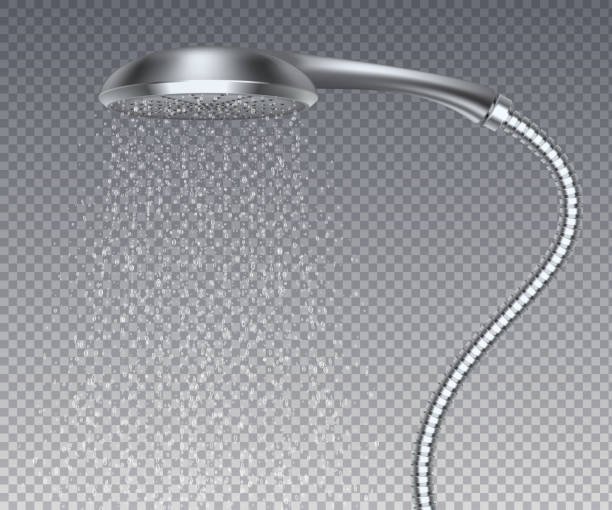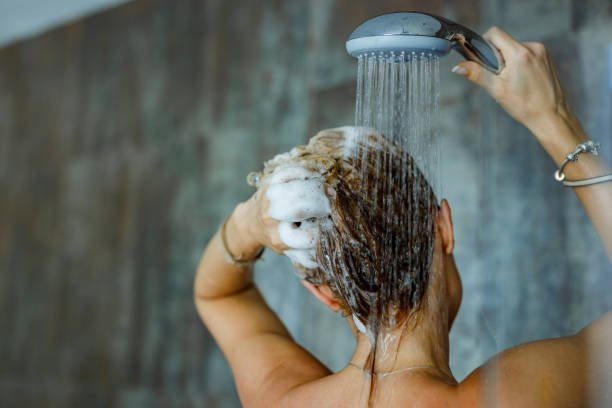Remodeling a bathroom can be an exciting yet daunting project. With so many options for finishes, fixtures, and layouts, it’s easy to feel overwhelmed. One of the most important decisions is choosing the right shower pan. This largely overlooked component serves as the base for your shower walls and flooring. The shower pan you select impacts the look, functionality, and longevity of your bathroom redesign.
When embarking on a bathroom remodel, you’ll likely need to replace the existing tub or shower stall. Fiberglass units from decades past not only look dated but tend to deteriorate over time. Installing a new shower pan provides the opportunity to customize your space with the latest trends. You’ll also get to correct any drainage issues to prevent leaks and water damage.
Key Factors to Consider When Selecting a Shower Pan
There are several types of shower pans to choose from, each with their own pros and cons. As you evaluate the options, keep the following factors in mind:
Size and Layout
Consider the size of your bathroom and existing plumbing locations when choosing a shower pan size. Measure carefully to ensure the pan will fit the allotted space. Shower pans come in neo-angle, rectangle, and square shapes to accommodate different layouts.
Thresholds
The threshold is the height of the shower pan’s edge that you step over when entering the stall. For accessibility, opt for a low-profile threshold less than 1/2” tall. Curbless showers with zero threshold height create a seamless entry.
Drain Style
Shower pans feature either center drains or linear drains spanning one side. Center drains limit layouts and can create pooling water. Linear drains offer more flexibility and better drainage.
Material
Common shower pan materials include acrylic, fiberglass, ABS plastic, granite, and engineered stone. Consider factors like durability, ease of cleaning, and style.

Read More: Top 10 Data Science Training Institute in India
Choosing the Right Shower Pan Material
One of the biggest considerations when selecting a shower pan is the material. The most popular options include:
Acrylic
Acrylic shower pans provide an affordable option. The acrylic sheets feature a glossy finish that mimics the look of fiberglass. Acrylic is lighter than fiberglass yet still durable and easy to clean. Mold and mildew resistant coatings prevent bacteria growth. However, acrylic can scratch more easily over time.
Fiberglass
Fiberglass pans offer similar benefits to acrylic but with greater durability and stain resistance. This non-porous material is lightweight, easy to clean, and install. Fiberglass resists scratches, dents, and moisture damage. Textured finishes help prevent slips. However, fiberglass can become discolored over time.
Plastic/ABS
ABS plastic shower pans provide budget-friendly options. This lightweight, versatile material is easy to install. However, plastic shower pans have a shorter lifespan than other materials and can become brittle. Surfaces are also prone to scratches and stains.
Engineered Stone
Engineered stone shower pans recreate the look of natural stone at a lower cost. These solid surfaces offer durability and easy cleaning like quartz. However, the material lacks the glossy finish of acrylic or fiberglass. Grout lines can also become stained and need periodic sealing.
Natural Stone
For a premium shower pan, natural stone like granite or marble provides unmatched beauty. The non-porous material resists mold and mildew. However, stone is very heavy, making installation challenging. The surface also requires extensive sealing to prevent stains.

Interesting Read: Navigating the Digital Landscape: Top 10 Digital Marketing Training Institutes in India
Key Installation Considerations
Installing a shower pan on your own is an advanced DIY project best left to professionals. Proper installation is crucial to prevent leaks and ensure proper drainage. Here are some key considerations:
Mortar Bed
The shower pan must sit on a sturdy mortar bed reinforced with metal lath. This provides a slope towards the drain and solid base.
Waterproofing
After installing the pan, waterproofing compounds must be applied to prevent moisture damage. RedGard® and Laticrete® Hydro BanTM represent top brands.
Tile Backerboard
Cement backerboard gets installed above the shower pan to provide a water-resistant tile substrate. Avoid drywall which can deteriorate from moisture exposure.
Drain Connection
The shower pan drain must align perfectly with the waste line coming out of the floor. Tightly seal the connection to prevent leakage.
Also: Unseen Threats: The Comprehensive Guide to Maintaining a Pest-Free Environment
Achieve Your Dream Shower with a Custom Shower Pan
As you can see, the shower pan forms the foundation for your new shower’s success. Take time to evaluate the size, layout, threshold height, drain type, and material that best fits your space and lifestyle. For a truly custom solution, custom shower pan manufacturing provides the flexibility to match your exact specifications. With proper installation, you’ll enjoy a beautiful new shower for years to come.

In Closing
Upgrading to a new shower pan is the perfect opportunity to enhance your bathroom during a remodel. Carefully measure your existing space, assess your needs, and take material options into account. While hiring a professional for installation is highly recommended, the investment will pay dividends in improving your daily shower experience. Just think how nice it will feel to step into your redesigned, customized shower each morning! With the right pan, you can make your dream bathroom a reality.






[…] Read More: Choosing the Perfect Shower Pan for Your Bathroom Remodel […]